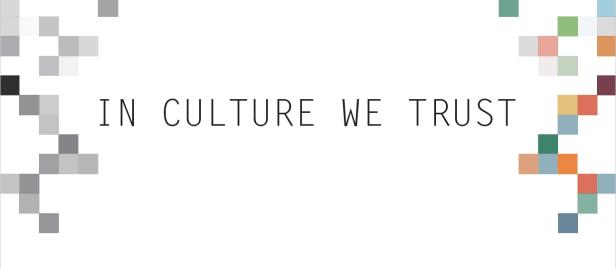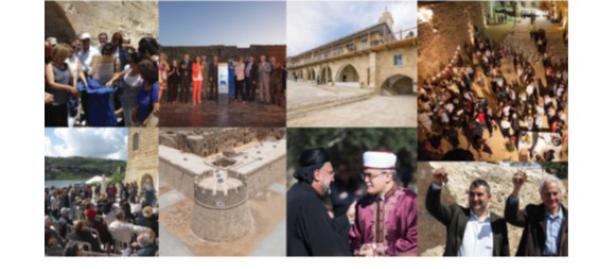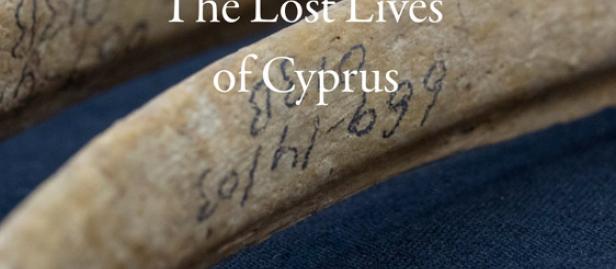Technical Committee on Health "Mapping Risk for Vector-Borne Diseases (ID-V Risk)" Project Detection of Aedes aegypti in the island of Cyprus

Technical Committee on Health "Mapping Risk for Vector-Borne Diseases (ID-V Risk)" Project Detection of Aedes aegypti in the island of Cyprus
May 13, 2024
Authors:
Notarides, Gregoris / Ergil, Ceyda - Researchers
Meletiou, Sotiris / Soganci, Mustafa – Technicians
Vasquez, Marlen I. / Tuzmen, Sukru– Scientists
Petric, Dusan – QA/QC Scientist
Orek, Yesim / Vasquez, Marlen I. - Coordinators
Highlights:
- Island-wide surveillance of West Nile Virus (WNV) in mosquitoes was established as a mosquito-borne pathogens surveillance model.
- Early detection of Aedes aegypti introduction at a site near the possible entry point.
- Three species, new for the island mosquito fauna, were detected both with morphological and molecular methods: Aedes pulcritarsis, Aedes aegypti, Culex laticinctus.
- Species detected only via molecular methods therefore further investigation is needed to confirm presence Culex quinquefasciatus.
Funded by the European Union and implemented by UNDP in coordination with the OSASG-Cyprus.

 Locations
Locations



